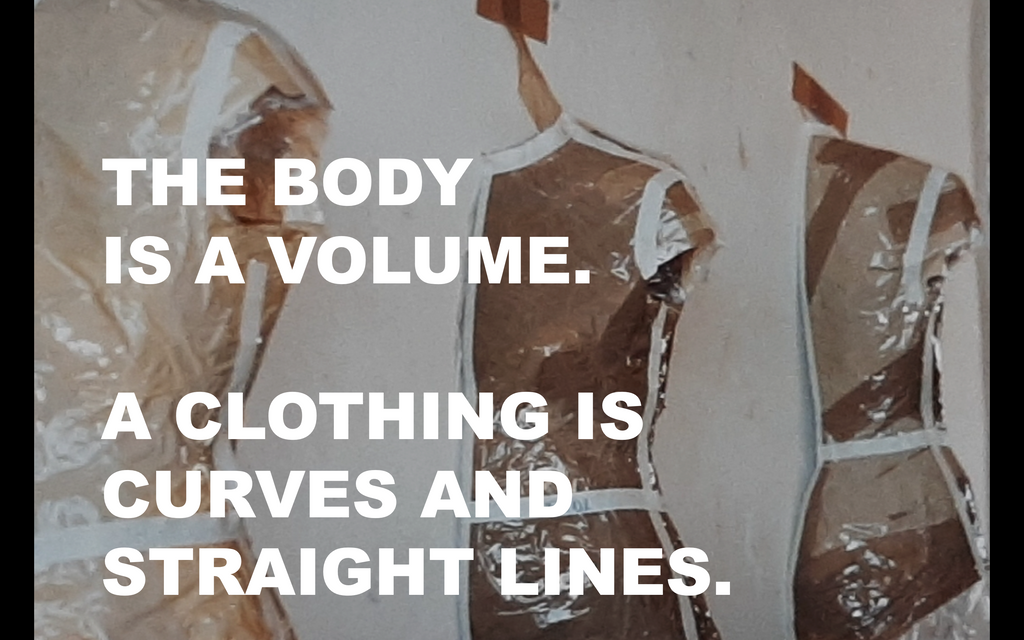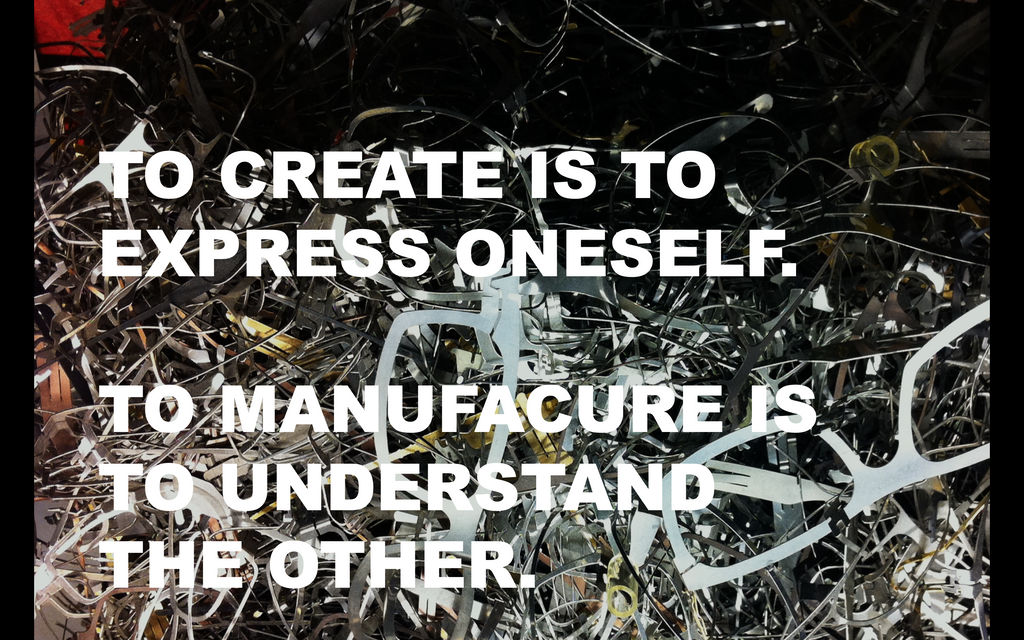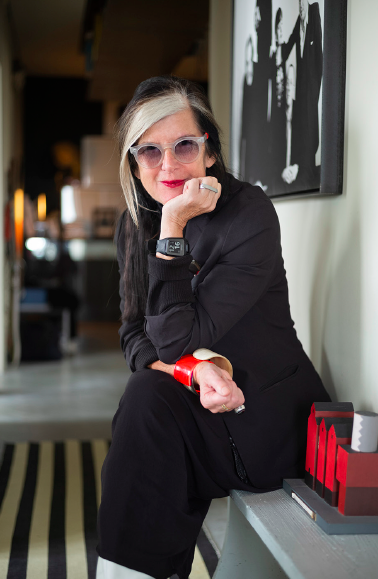
Founder of the fashion department of the Ecole nationale supérieure des Arts Visuels (ENSAV) in Brussels, in 1986, which she later baptised La Cambre Mode[s], Francine Pairon continued to pursue her vision, eventually creating a postgraduate degree in fashion design at the Institut Français de la Mode (IFM) in Paris.

The creation of a fashion section at ENSAV La Cambre in Brussels was a remarkable feat. What motivated you to carry out this project?
You have to see the project in the context of the time: the 1980s, a decade during which the fashion industry was booming. My background was actually in interior design, but I was always obsessed with the idea of expressing what I felt deep inside through my physical body. This is what led me to fashion. At the time, I was teaching the subject at the École Supérieure des Arts in Mons, but no fashion section existed in French-speaking Belgium. So I was given the opportunity to open one at La Cambre. My mission was to develop a curriculum with a five-year course. Very quickly, I developed the idea of fashion shows as a way to showcase students’ work. By participating in international competitions and synergies with other institutions, I also worked to open the school towards the international scene. That is how I got connected with the Institut Français de la Mode in Paris.
Thirteen years after the start of my great adventure at La Cambre, I was invited to create a Master’s degree in design at the IFM. I have always focused my pedagogy on the idea that technical education should, no matter what, have a playful dimension. If there is no joy in the design or in the process of making a garment, how can consumers experience joy in buying it? For me, that’s what it is all about.
Did this joy get lost on the altar of excessive consumption?
Yes, absolutely. For a long time, fashion was centred on “fast fashion”. I think that the crisis we are going through offers us, the consumers, an opportunity to go back to the basics. It is time to ask ourselves what we need, but also to reflect on the reasons for our actions. The fashion industry, to name only one, cut us off from our rational functioning to turn us away from what really makes sense.

Does this crisis offer designers lessons for the future?
In recent years, there has been a lot of criticism of the hectic pace of fashion. If we want to escape this pattern of over-creation, it is more essential than ever to reflect on the pace of collections. By talking to the designers and the students at the fashion schools, you realise that they don’t necessarily want to reproduce these same patterns. Some even say they are ashamed to support a system in which they no longer believe. They wonder if designing yet another garment or object will truly make them happy.
So this period is conducive to real change, but of what nature?
The fashion industry has always been governed by the laws of ingenuity. So I think the young people will bounce back. Especially since it is increasingly clear that solidarity takes precedence over the desire to generate profit at any cost. Networks are being woven between designers. Because they are more able to express their emotions and interact with other designers in their own discipline, as well as in others, they will be able to initiate real change. Fashion must have a soul and, I repeat, create joy.

Joy is the opposite of trivialising creative work. However, it is precisely this trivialisation that has contributed to the sector losing its authenticity. What do you think?
When we see how the fashion industry regards the work of artisans in certain regions of the world, it is distressing. We must give recognition to these skills. In countries such as India, as well as here in Belgium. I am thinking of certain professions, such as that of local seamstress.
Do you think these professions have a purpose, and will be revived with a greater appreciation?
Absolutely. Take the example of the creator of Papillon, a brand in the capital specialising in children’s clothing and items. Originally, she wanted to study fashion at La Cambre, but we dissuaded her. We felt the sector was too limiting for her. When I saw her in her store, she explained to me that after doing photography, she opened this store, where she also organises sewing workshops for children. A kind of returning to roots, which often results from a longer reflection.
I am also thinking of the small brand “Dorothée l’a Fait”, the project of an ex-student in screen printing who creates extremely delicate silk flowers and headdresses. These are small-scale concepts that prove that today, more than ever, alongside the designers aiming for an artistic director position in a large fashion house, there are those who wish to focus their efforts elsewhere. All fashion school students arrive with their own burdens and identity. Our role as teachers is to help them find their place.

If they want to create their own brand, designers must be stylists, technicians, production managers, financiers, communicators … Is it possible to wear so many hats?
It is certainly not realistic. Hence the importance of working together. The greatest successes are often the result of duos. It is important to invite young designers to create as many synergies as possible. The idea would be to reconnect the entire textile network by connecting designers, fabric producers, advertising professionals, financiers, etc. We are fortunate to live in a country whose creativity is recognised beyond our borders. But to promote it, we must get away from the idea of the solitary creator. To restore a healthy market, we must avoid fragmenting the trades. Fashion needs charismatic conductors. We often tend to contrast furniture designers, with their logic of sustainability, with fashion designers, who think very short-term. Today, only the pooling of complementary talents will be able to give new meaning to the creative professions. A manager working his way up through the fashion sector, must also be creative in finding a new language as an agent of change.
If you had to give your definition of fashion, what would you say?
It would be a garment with shabby cuffs and a tattered lining. For me, wearing and re-wearing a garment is the nicest gift you could give the designer. This is the only way that fashion makes sense to me.
